I'm upgrading my lens collection before splashing out on a new camera – here are three reasons why
You really want that new camera, but could a new lens be the better choice?
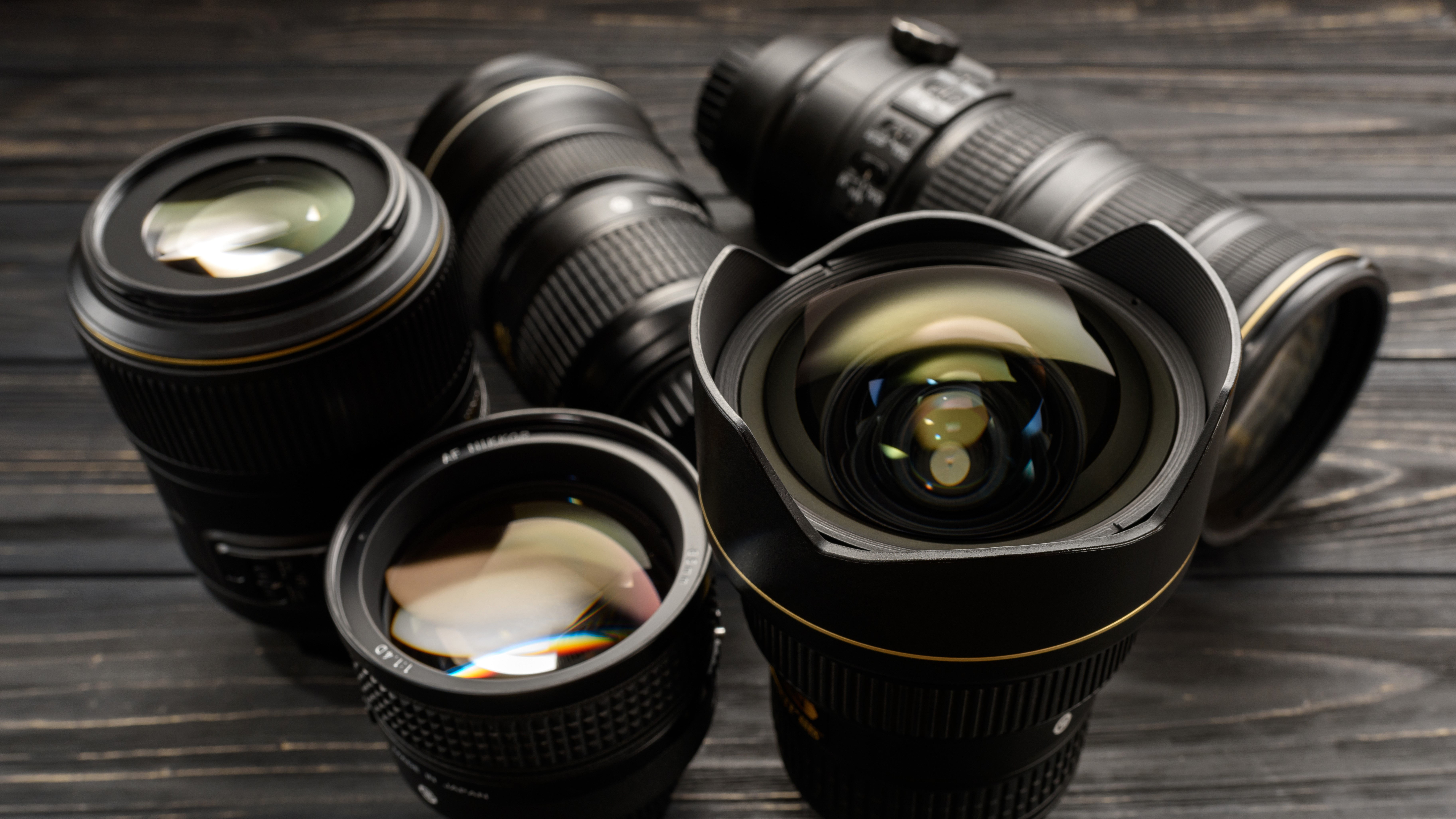
I’ve been shooting with the Nikon Z6 II for a few years now. It's proved to be an excellent upgrade from my DSLR, and the mirrorless camera remains one of the best mid-range full-frame cameras you can buy today.
Technology rarely stands still, though, and I’ve had a taste of what the latest and greatest cameras can do that my four-year-old Z6 II can’t – some of its limitations were highlighted during a recent safari trip in Kenya.
My Z6 II isn't perfect, and I recently wrote about what I’d like to see in a potential successor. So naturally, when Nikon announced the Z6 III last month, it had my full attention.
The Z6 III is a surprisingly big update: it's speedier and more powerful than my Z6 II. I got my hands on the third-gen model at a pre-launch event, and it made an excellent first impression in that short time, seemingly addressing all the items on my wish-list for a new camera. My hand is poised over my wallet like a gunfighter's.
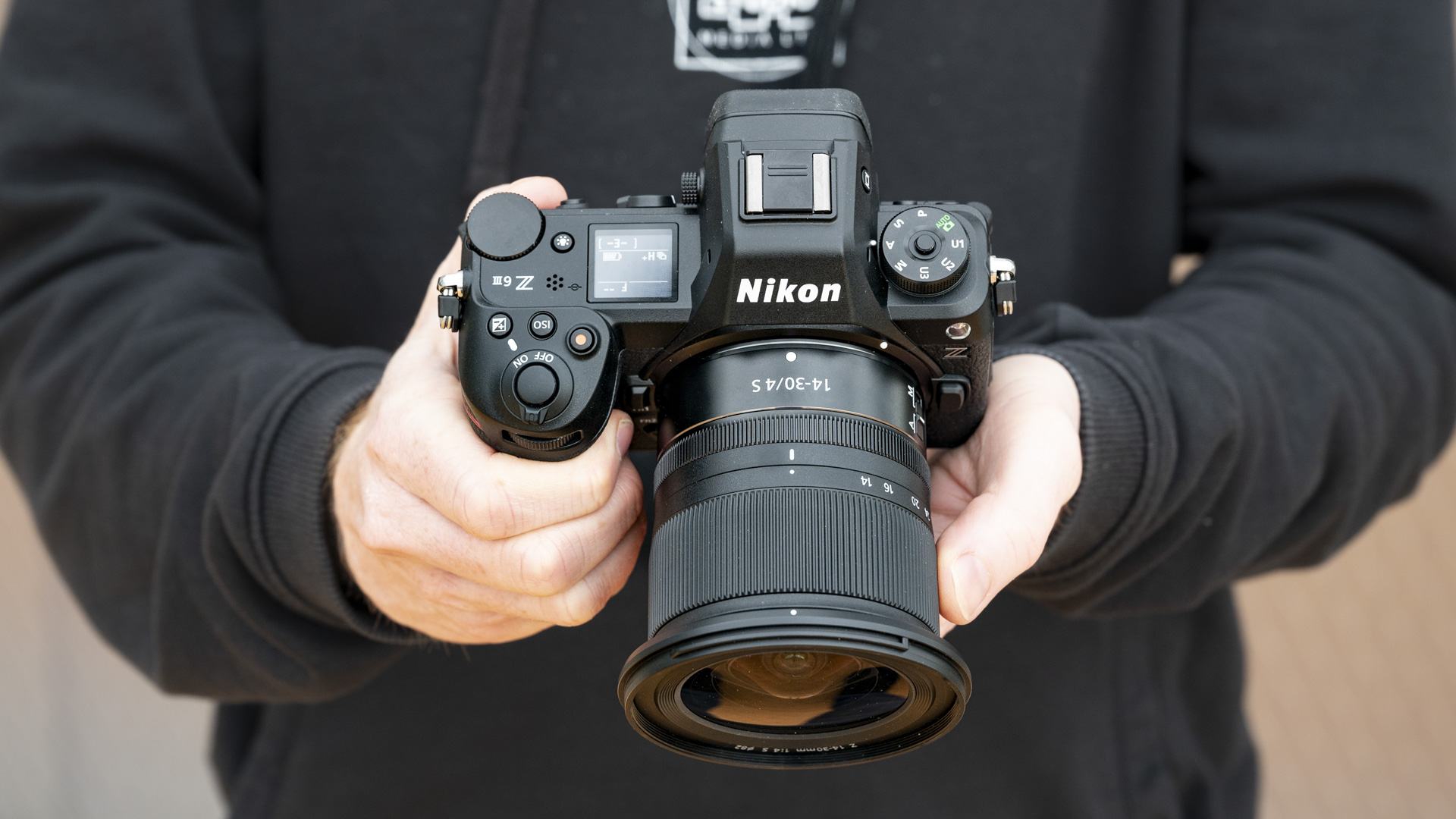
I’m drawn to the Z6 III in the same way that Sony fans might want to upgrade to the A7R V, or Canon enthusiasts the EOS R6 II. If I’m going to level-up my photography, then surely I need a camera upgrade. Well, not necessarily.
New cameras like the Nikon Z6 III will always steal the headlines, but they aren't your only option for getting better photos or video. Lenses also need to be factored into the equation, and it's a big decision for photographers: should I buy a new camera or a new lens?
I've been wrestling with that decision, and thinking about what's the most sensible way to spend my money, and – despite the lure of the Z6 III – I believe I’ll be better off purchasing a new lens instead of the latest camera, and I think it's the sensible decision for many photographers who find themselves in the same position.
Here are three reasons why…
Get daily insight, inspiration and deals in your inbox
Sign up for breaking news, reviews, opinion, top tech deals, and more.
1. Getting the right tool for the job
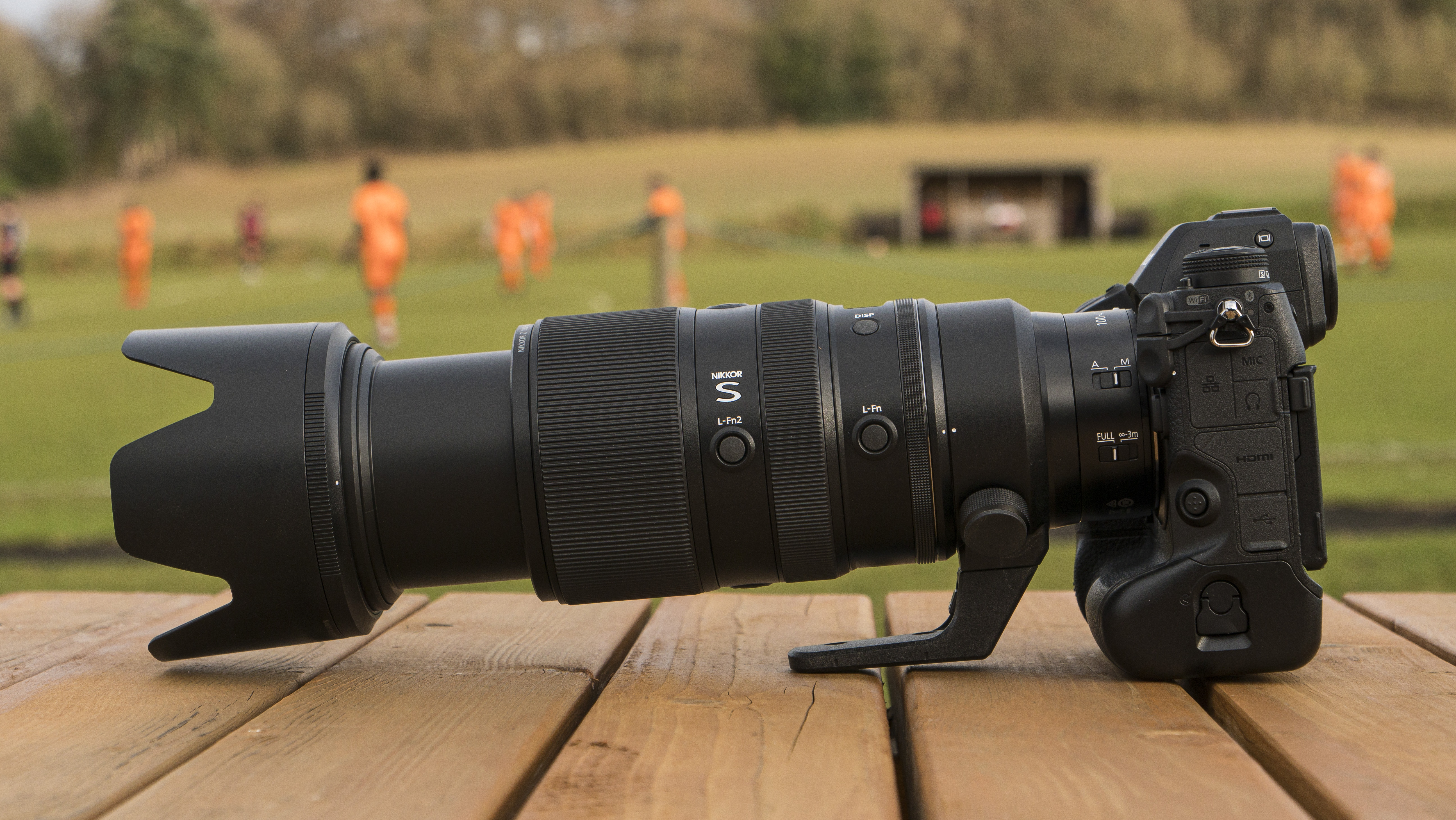
There have been moments that I've wished for more from my Z6 II. I would love the improved subject-detection autofocus when photographing wildlife, longer and faster burst-shooting for sports, and the refined handling that Nikon's latest cameras, like the Z6 III, are blessed with. A flip-out or two-way tilt screen would be welcome too – annoyingly, my Z6 II's viewfinder partially obstructs the tilt screen for low-angle shooting.
However, the Nikon Z6 II's 24.5MP full-frame sensor works a treat in good light and bad, plus its resolution gives me enough detail to work with. Its burst shooting is sufficient for most scenarios too. In short, the camera has served me very well, and I don't see that changing just because it's several years old and a Z6 III now exists.
What I am more often aware of, rather than the limitations of my camera, is my limited lens choice.
For example, I’d love to have a high-end telephoto zoom for wildlife and sports, like Nikon's 100-400mm. As things stand, I have a Z 24-70mm f/2.8, which is one of the best first lenses a pro can get, plus a few DSLR lenses that I can adapt for the Z6 II, including a 70-200mm f/2.8 and a 50mm f/1.4. However, none of those lenses can get me as close to the action as I would like.
I shoot wildlife and sports photography, and a longer lens will improve my shots more effectively than a faster camera with better autofocus.
2. Getting the look
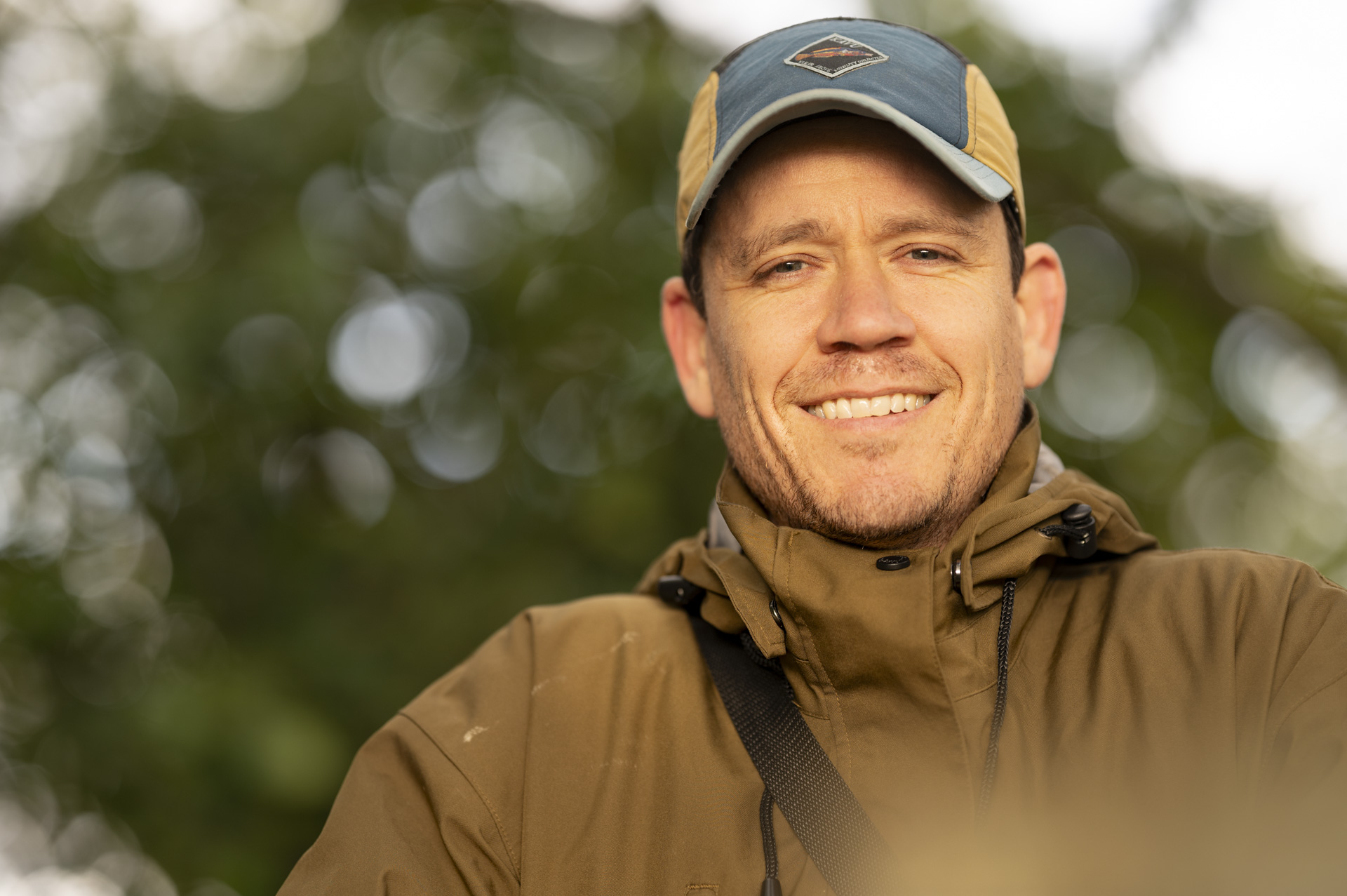
I regularly shoot portraiture, and often find myself doing so in low-light scenarios, such as indoor events. My Z6 II and 24-70mm f/2.8 are an excellent combo for such situations, but I know that an even faster-aperture prime lens will do the job better.
Pairing my Z6 II with Nikon's Z 85mm f/1.2, or the fantastic Z 135mm f/1.8 Plena, would level-up what I can do for indoor events over the newer Z6 III with my current 24-70mm f/2.8. Those pro lenses are around the same price, if a little less, than the Z6 III body.
A fast-aperture prime would give me both the creamy shallow depth of field I want for portraits, plus the extra light intake that would elevate the quality of my photography when covering indoor events.
The latest camera might nail sharp focus more often, but for getting the look I want, and developing my own style, I'll see a bigger difference with a new lens, like one of the aforementioned fast-aperture, mid-telephoto primes.
3. Getting gear that lasts
Put simply, decent lenses outlast cameras, and are a better investment overall. My Z 24-70mm f/2.8 lens can ably serve future Nikon mirrorless cameras for years to come, and will likely remain in my gear bag for longer than my Z6 II does. The same can be said of any high-end lenses from the leading brands.
We saw a leap in lens quality over what was then possible for DSLRs when Canon and Nikon created entirely new lens mounts for their mirrorless camera systems in 2018, but now that those systems are established their pro mirrorless lenses are here to stay for many years, and I don't expect another leap in lens quality for a long time.
Cameras depreciate, while lenses hold their value better. Should you ever wish to sell, you can get most of your money back with a lens, but that's rarely the case with your camera, for which you'll take a bigger financial hit.
Cameras vs lenses: final thoughts
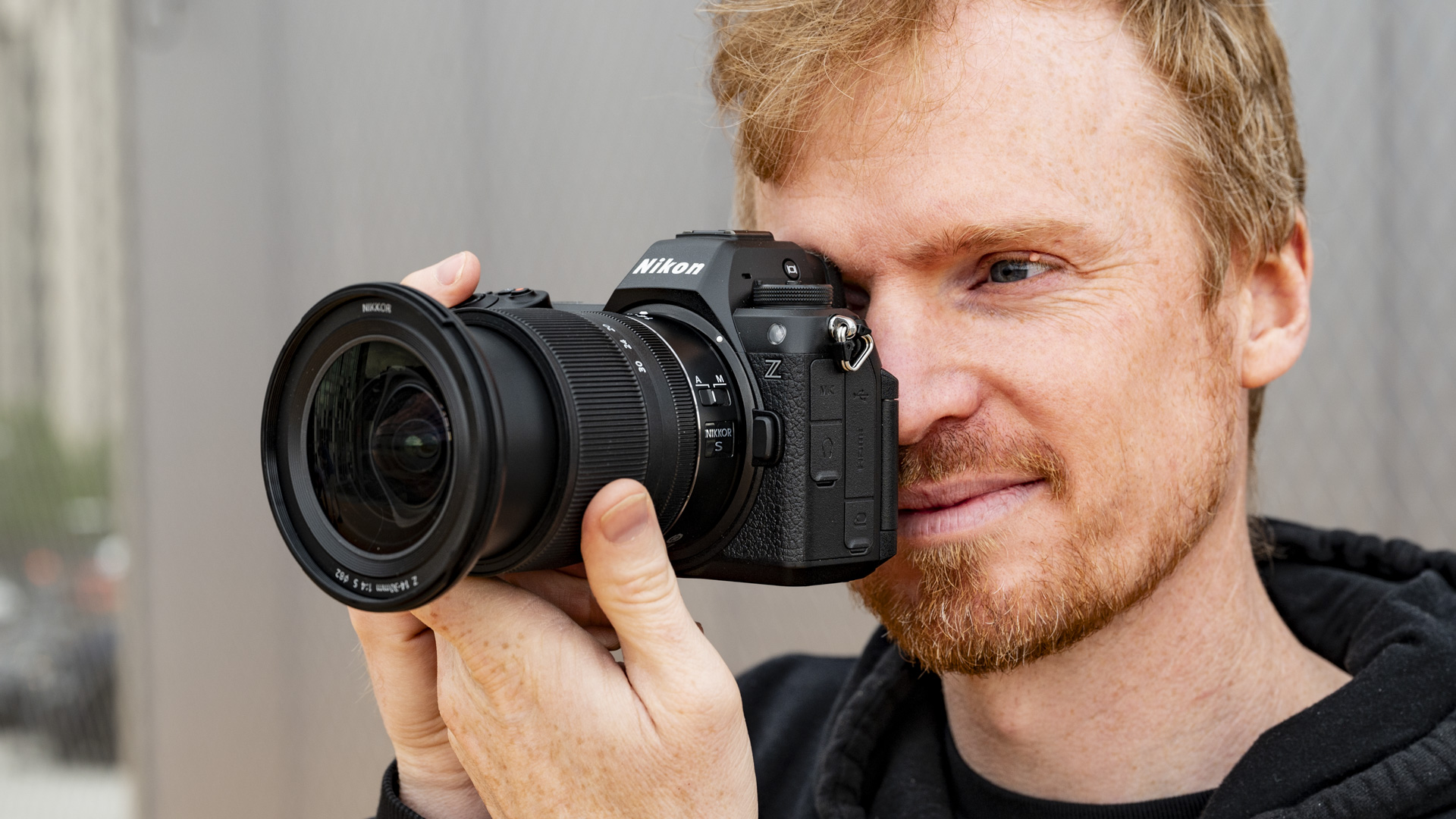
New cameras will always grab the headlines, but adding a new lens to your collection instead of shelling out for a new body will more than likely be the most effective to overcome your photography and video limitations.
You might be in a different position to me, and already have the lens you need but a camera that doesn't technically cut it, for which one of the latest models could be a worthwhile replacement. However, in my situation it's a new lens that will make a bigger difference in most scenarios – I know I'll be better equipped to get the results I want, and it'll stay the distance better.
You might also like

Tim is the Cameras editor at TechRadar. He has enjoyed more than 15 years in the photo video industry with most of those in the world of tech journalism. During his time as Deputy Technical Editor with Amateur Photographer, as a freelancer and consequently editor at Tech Radar, Tim has developed a deeply technical knowledge and practical experience with cameras, educating others through news, reviews and features. He’s also worked in video production for Studio 44 with clients including Canon, and volunteers his spare time to consult a non-profit, diverse stories team based in Nairobi. Tim is curious, a keen creative, avid footballer and runner, and moderate flat white drinker who has lived in Kenya and believes we have much to enjoy and learn from each other.